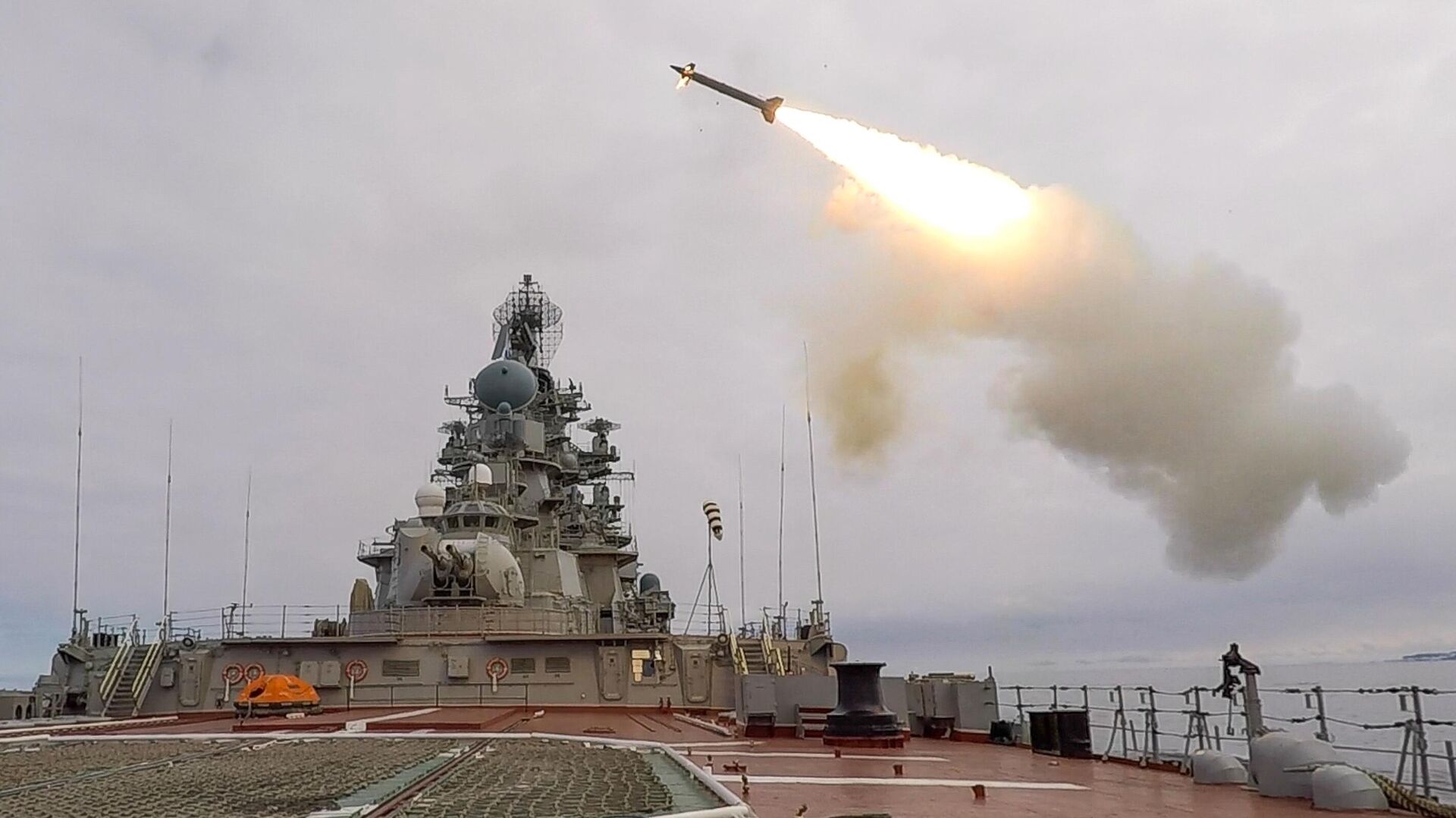Why Has the Pentagon Failed to Match Russia in Hypersonic Missiles?

© Sputnik / Pavel Lvov
/ Subscribe
The US has struggled to develop hypersonic missiles for many years now, with the main challenges being:
Cost and Resource Mismanagement
Each US hypersonic missile costs an estimated $41 million, making them exorbitantly expensive;
Billions of dollars wasted due to inconsistent budgeting and mismanagement of resources;
Bureaucratic inefficiency and reliance on multiple contractors have slowed progress and innovation.
Technological and Development Challenges
The US has struggled to develop advanced thermal protection materials for hypersonic missiles, lagging behind Russia and China and slowing its weapons programs;
The Pentagon remains undecided between cruise missiles (scramjets) and glide vehicles (boost-glides), delaying progress;
A lack of advanced wind tunnel infrastructure for testing at hypersonic speeds hinders development.
Testing Failures and Program Delays
The hypersonic AGM-183A air-launched rapid response weapon (ARRW) was scrapped after repeated testing failures;
Persistent issues with the launcher of the long-range hypersonic weapon system (LRHW) remain unresolved;
A series of failed tests for both scramjets and boost-glides have plagued the US since 2010.
Falling Behind Global Competitors
Internal disputes between military branches and the Pentagon have led to fragmented efforts and canceled programs;
The first successful US hypersonic missile test came in December 2024, seven years after Russia and three years after China deployed similar weapons. Even Yemen's Houthis claim to use hypersonic missiles, underscoring the US’s significant delay.
In a recent interview with Fox News, new US President Donald Trump boasted that the US will have new hypersonic missiles “fairly shortly”. Isn’t it little more than wishful thinking given all the bottlenecks?


